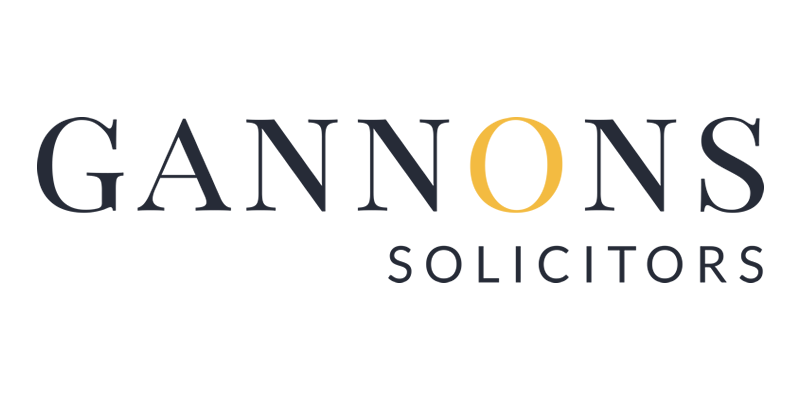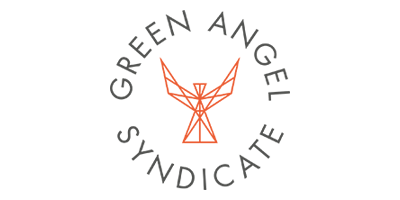Learning & Resources
Alasitair Manning, a commercial solicitor at Gannons specialising in company transactions, offers advice about how to cancel shares.
Companies often reorganise their share capital as part of an investment or re-structuring. They end up with classes of shares of greater or lesser denominations. Then companies want to expunge the “original” shares. Unfortunately shares cannot just vanish into thin air. Creative solutions must be used to cancel shares for a private company.
Below are some common solutions:
Gift shares to the company
The shareholders could gift their shares back to the company, for no payment or consideration. Since these shares are a gift, the company need not comply with the formalities required to purchase its own shares. All that is necessary is a stock transfer form to transfer legal title. Since there is no payment, there is no stamp duty to pay.
Admittedly the Companies Act 2006 does not specifically confirm the details. It seems the gifted shares continue to exist. However, on the register of members the company is listed as the holder of those shares.
If the company wanted to then cancel the gifted shares, it follows these steps to reduce its capital:
- Check the articles of association do not prevent the company cancelling the share, NB since Companies Act 2006, the articles must expressly prohibit the reduction of capital;
- Directors sign a solvency statement;
- Shareholders approval by special resolution.
If the company reduces its share capital, a form SH19 must be filed at Companies House.
Re-classify shares as different class
The company could re-classify the shares as a different class of shares, e.g B shares. Then the shareholder rights may have:
- No dividend rights;
- No voting rights;
- Greatly reduced value.
The law requires the following to achieve this re-classification:
- A special resolution varying class rights will be required;
- Form SH02, about varying share rights, filed at Companies House;
- Form SH08, about re-designating shares, filed at Companies House.
Buy Back
The buy back procedure depends whether the company has sufficient distributable profits or not.
Sufficient distributable profits
If there are sufficient retained profits, the company can buy-back its shares using the company buy-back procedure. There are three steps:
- Check the company’s articles do not limit or prohibit buy-backs;
- The articles of association must expressly limit or prohibit buy backs;
- Gain approval by an ordinary shareholder’s resolution for the contract;
- The company makes an off-market purchase of its own shares.
Insufficient distributable profits
Sometimes the issue of new shares can finance the buy-back. The company can use up to £15,000 or 5% of share capital, whichever is lower. The:
- Directors provide a director’s statement in the prescribed form;
- Notice is published in the Gazette, which puts the world at large on notice of the proposed buy-back.
Unfortunately, there are tax related and procedural complications. We consider this approach as the last resort.
2013 Buyback regulations
Since 30th April 2013 private companies can buy-back company shares, even if the company lacks sufficient distributable reserves. This new procedure is especially useful for buying-back employee shares.
First ensure the company’s articles do not prohibit the company buying back its shares. Note the articles of association must expressly limit or prohibit buy backs;
Unless the restriction is entrenched, which requires an article to prevent subsequent amendments, the article can be amended. Amending the articles just requires a special resolution, that needs 75% of the shareholder votes.
Secondly, ensure the company’s shareholder agreement contains no pre-emption rights. Such rights might require the company to first offer shares to current shareholders before transferring shares to ANY other party, including the company.
Most likely, the company can only purchase the shares at their nominal value.
Take away
It is easy to issue shares. Unfortunately, it is complicated to remove shares.















